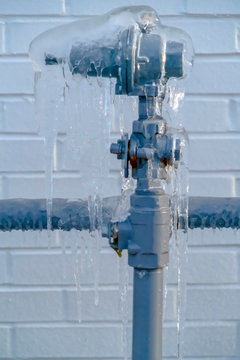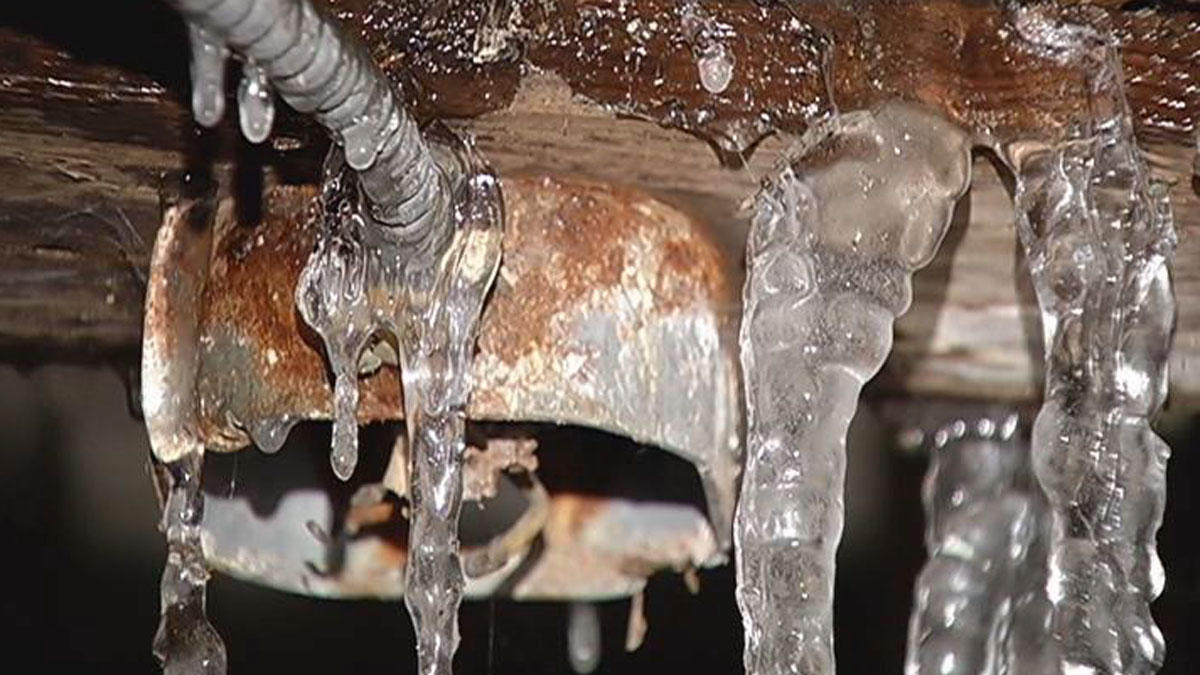Essential Tips to Avoid Frozen Plumbing in Winter: Specialist Insights
Essential Tips to Avoid Frozen Plumbing in Winter: Specialist Insights
Blog Article
They are making several great points on Prevent Frozen Pipes in general in this great article directly below.

Cold weather can damage your pipes, especially by freezing pipelines. Right here's just how to stop it from occurring and what to do if it does.
Intro
As temperatures decrease, the danger of frozen pipelines boosts, possibly leading to expensive repair work and water damages. Comprehending exactly how to avoid icy pipes is essential for homeowners in cool climates.
Understanding Frozen Pipes
What causes pipes to ice up?
Pipes ice up when exposed to temperatures listed below 32 ° F (0 ° C) for expanded periods. As water inside the pipelines ices up, it broadens, putting pressure on the pipe wall surfaces and potentially triggering them to burst.
Dangers and damages
Frozen pipes can result in water disturbances, building damages, and costly repair services. Burst pipes can flood homes and cause extensive architectural damages.
Signs of Frozen Water Lines
Identifying frozen pipelines early can avoid them from breaking.
Exactly how to recognize icy pipes
Try to find decreased water flow from faucets, uncommon smells or sounds from pipelines, and visible frost on exposed pipelines.
Prevention Tips
Insulating prone pipes
Wrap pipelines in insulation sleeves or utilize warm tape to safeguard them from freezing temperatures. Focus on pipes in unheated or exterior locations of the home.
Heating techniques
Keep indoor rooms effectively heated up, particularly areas with plumbing. Open up closet doors to allow cozy air to flow around pipelines under sinks.
Protecting Outside Plumbing
Yard hose pipes and exterior faucets
Detach and drain garden pipes before winter season. Set up frost-proof faucets or cover outdoor taps with shielded caps.
What to Do If Your Pipelines Freeze
Immediate actions to take
If you think frozen pipelines, keep faucets open to relieve stress as the ice melts. Use a hairdryer or towels taken in warm water to thaw pipes slowly.
Long-Term Solutions
Structural changes
Think about rerouting pipelines far from outside wall surfaces or unheated areas. Add added insulation to attic rooms, basements, and crawl spaces.
Updating insulation
Invest in high-quality insulation for pipes, attic rooms, and walls. Appropriate insulation assists preserve constant temperatures and lowers the danger of icy pipes.
Verdict
Avoiding icy pipelines calls for positive measures and quick reactions. By comprehending the causes, indications, and safety nets, homeowners can secure their plumbing throughout cold weather.
6 Proven Ways to Prevent Frozen Pipes and Protect Your Home
Disconnect and Drain Garden Hoses
Before winter arrives, start by disconnecting your garden hoses and draining any remaining water. Close the shut-off valves that supply outdoor hose bibs and leave the outdoor faucet open to allow any residual water to drain. For extra protection, consider using faucet covers throughout the colder months. It’s also important to drain water from any sprinkler supply lines following the manufacturer’s directions.
Insulate Exposed Pipes
Insulating your pipes is an effective way to prevent freezing. Pipe insulation is readily available at home improvement stores and is relatively inexpensive. Pay close attention to pipes in unheated areas such as the attic, basement, crawl spaces, or garage. Apply foam insulation generously to create a buffer against the cold. You can also wrap your pipes in heat tape or thermostat-controlled heat cables for added warmth.
Seal Air Leaks
Inspect your home for any cracks or openings that could let in cold air. Seal any holes around the piping in interior or exterior walls, as well as the sill plates where your home rests on its foundation. Additionally, make sure to keep your garage door closed unless you’re entering or exiting. Leaving it open creates a significant air leak that can lead to frozen pipes.
Allow Warm Air Circulation
During cold snaps, it’s essential to allow warm air to circulate evenly throughout your home. Leave interior doors ajar to promote better airflow. Open kitchen and bathroom cabinets to help distribute heat consistently around the rooms. If you have small children or pets, be sure to remove any household chemicals or potentially harmful cleaners from open cabinets for safety.
Let Faucets Drip
A small trickle of water can make a big difference in preventing ice formation inside your pipes. When temperatures drop significantly, start a drip of water from all faucets served by exposed pipes. This continuous flow helps prevent the water from freezing. Additionally, running a few faucets slightly can relieve pressure inside the pipes, reducing the chances of a rupture if the water inside does freeze.
https://choateshvac.com/6-proven-ways-to-prevent-frozen-pipes-and-protect-your-home/

Hopefully you enjoyed reading our topic about Preventing and dealing with frozen pipes. Thanks a lot for finding the time to read through our post. Appreciated our write up? Please share it. Let others discover it. We appreciate your readership.
Book-Now Report this page